Star Ocean: The Second Story R – Switch Review
"A fantastic adventure to get absorbed in"
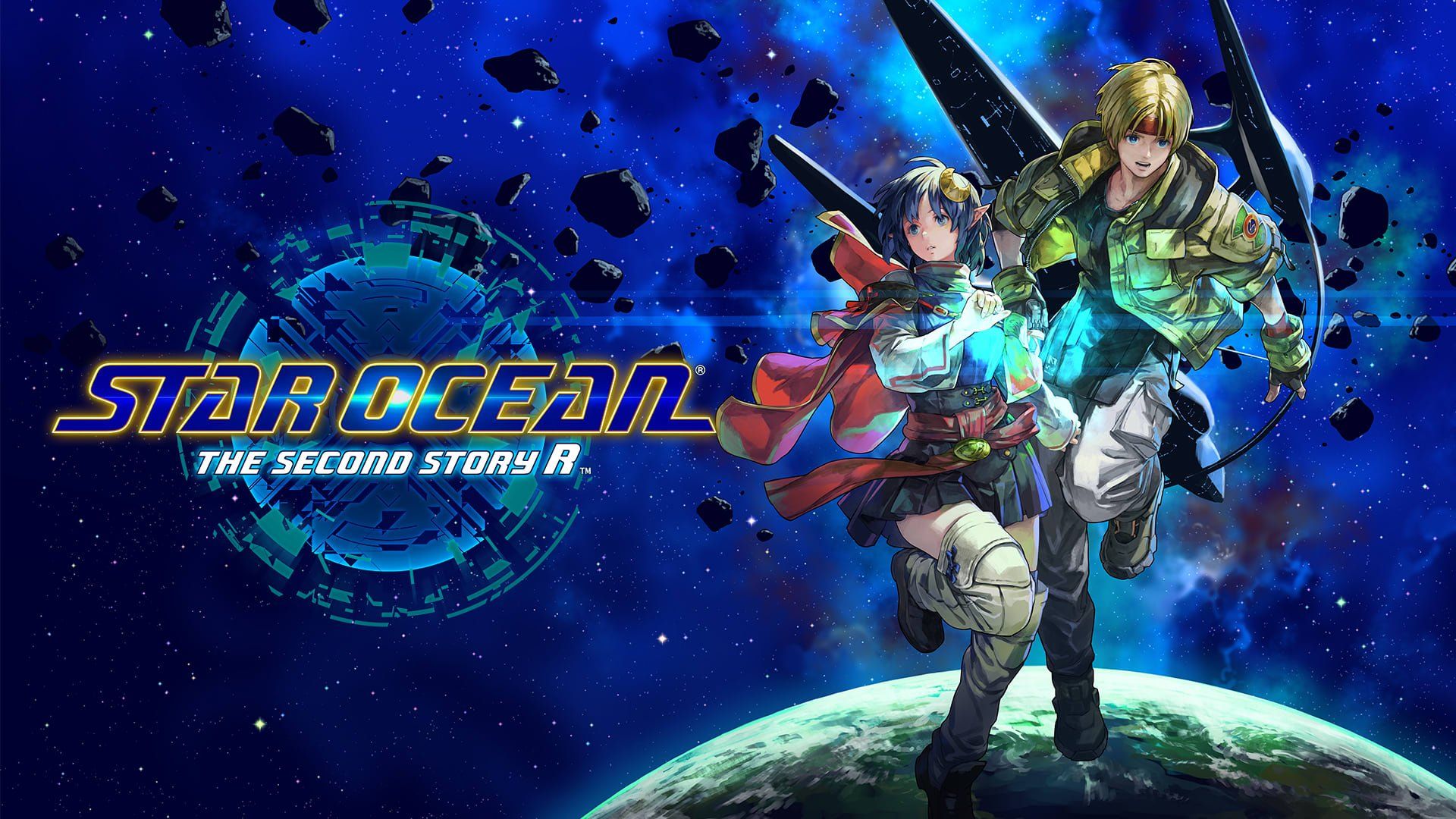
Available on the Nintendo Switch from this month, Square Enix’s Star Ocean: The Second Story R is the fantastic remake of the 1998 action JRPG original – Star Ocean: The Second Story, published by Enix for the PlayStation. The cult classic has been wonderfully reimagined with 2D pixel-art character sprites traversing refined 3D landscapes. You choose from one of two protagonists: Claude, a Federation officer with a case of amnesia (and a bowl cut and cargo pants that just scream “late 90s!”), who finds himself on the planet of Expel, or Rena, an Expelian girl with a mysterious healing power and equally mysterious origins.
Whether you played the original or not, if you love JRPGs, you’ll probably find that this modern remake covers basically all the bases of what you enjoy about the genre. It ticks many boxes in terms of worldbuilding, exploration, plot, aesthetics, characterisation, customisation, engaging battles, replayability, and so on. It will remind you why many recent JRPGs (as just one example, Sea of Stars) turn to the charming 90s classics for inspiration.
The Good
Dubbed a “2.5D aesthetic” by Square Enix, the unique visual style the developers went with combines the charm of pixel art (as the remake has cute character sprites reminiscent of, for example, Suikoden I and II) with upgraded, modernised 3D backgrounds (which reminded me of Harvestella). I didn’t play the original 1998 game, but when I watched the trailer for Star Ocean: The Second Story R, I thought this blending of retro and modern graphics looked pretty cool.
You’ll be absorbed in exploring the world’s varied environments as they are strikingly detailed and intriguing, with plenty of nooks and crannies to sniff around in distinctive towns and dungeons, and across the expansive world map’s continents. Also adding to the worldbuilding, tonnes of colourful, and sometimes funny, NPCs populate the game. Engaging with them brings to life the locations’ atmospheres. I felt the game’s scenery and narrative blended fantasy and sci-fi elements effectively. Moreover, you are rewarded generously for completing Guild Missions and Challenge Missions (stuff you’ve done in the game), and for viewing Unique Spots.
The plot of Star Ocean: The Second Story R changes slightly depending on whether you choose Claude or Rena, so completionists will be motivated to play through at least twice. Although the “amnesia” and “mysterious origins/power” tropes are used, the main characters themselves are likeable enough that you’ll care about discovering more about them. Also, the writers did not go with the “silent protagonist” trope, meaning that the gamer doesn’t need to project a personality onto them.
And player choices during Private Action events, which happen when the party splits up in towns, influence Friendship Levels and relationships between party members. These stats can affect what events occur and even the game’s ending. Another fun factor is that, as in several other JRPGs, there are optional allies whom you can only recruit after performing specific actions. So, these are more aspects that improve the title’s replayability. But it’s a great choice for both casual gamers and enthusiasts.
In terms of fights, enemies materialise on the map (no random encounters), and the battle system is not turn-based. You control one character at a time, swapping between your party members. So, the battles involve exciting, dynamic, and fast combat while also managing not to be overly complicated. You’ve got combos, chain battles, enemy breaks, assistance from non-party members (and summons who are characters from other Star Ocean games), etc. to enliven the action.
Bruno in his Sea of Stars review commented on the lack of customisation that many JRPG fans cherish. This isn’t a problem in Star Ocean: The Second Story R. Players use Skill Points (SP) to level up different skills, e.g., Herbology, Animal Training, and Sketching, that eventually allow you to unlock related abilities that make your journey smoother and more rewarding. They fall into two categories: Item Creation (crafting helpful goods) and Specialties. Item Creation includes, for example, Cooking, Art, Customization (making new weapons), Crafting (new accessories), Compounding (new medicine), and Alchemy. Plus, it’s random what you’ll get.
Specialties are other handy proficiencies. Among others, they include Train (stats are temporarily lowered to increase EXP), Familiar (an animal shops while you’re in a dungeon), Survival (you discover items while roaming around), and Fishing. On top of that, once enough members know these IC/Specialty abilities, they can all collaborate on Super Specialties such as Orchestra, Bunny Call (calling a Chocobo-like mount), and Bodyguard (preventing enemy attacks). Also, Battle Points (BP) let you enhance your Combat Skills, Spells, and Special Arts as you like. Overall, the gameplay flows seamlessly between battling and upgrading new abilities to make the adventure and combat easier.
Lastly, the voice acting is surely a bonus compared to the 1998 game, and you can select either the original music or newly arranged compositions.
TL;DR
- 2D sprites and 3D environments; detailed worldbuilding
- Plot changes and character relationships; replayability
- Fun, dynamic battles
- Item crafting, Specialties, customisation
- Lots of optional stuff; lots to do and make
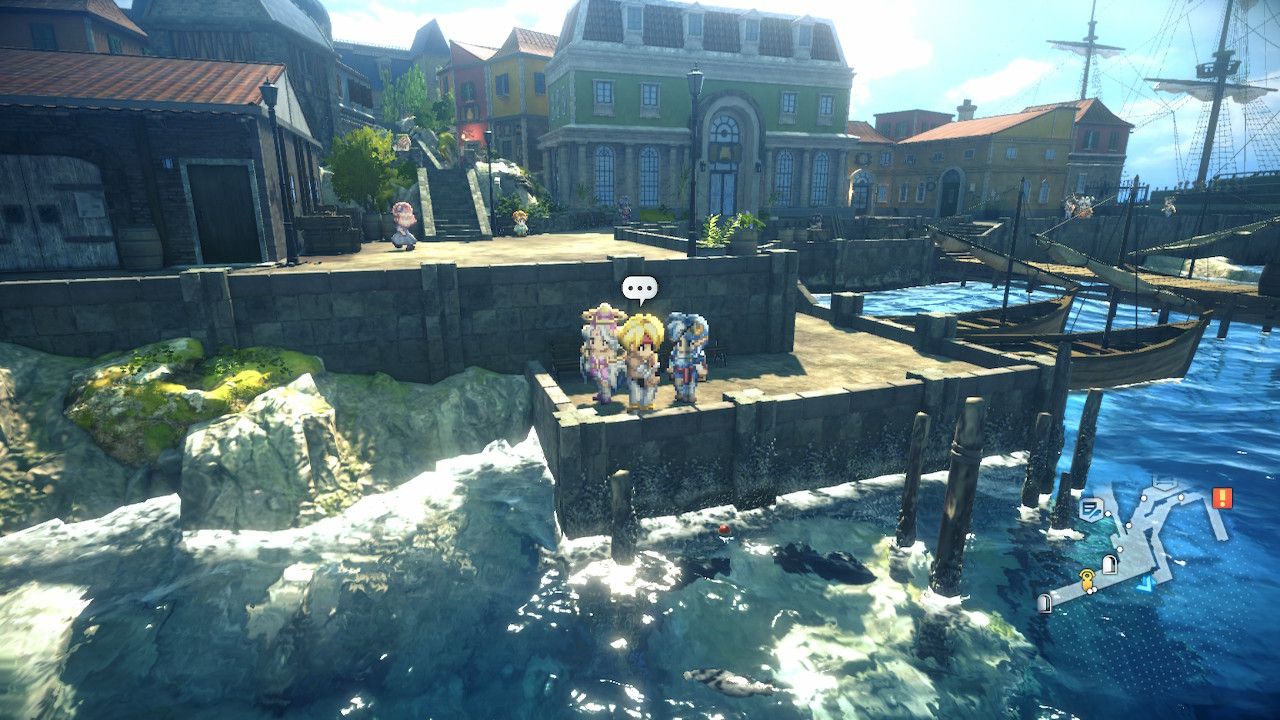
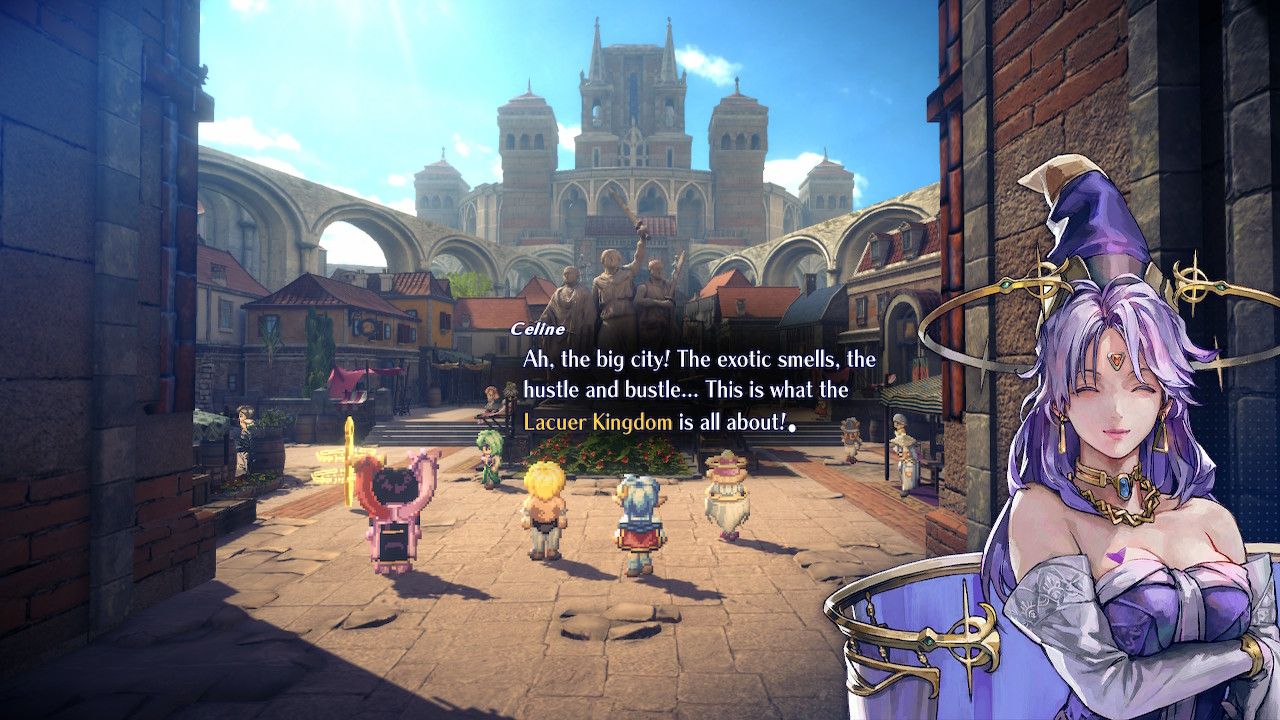
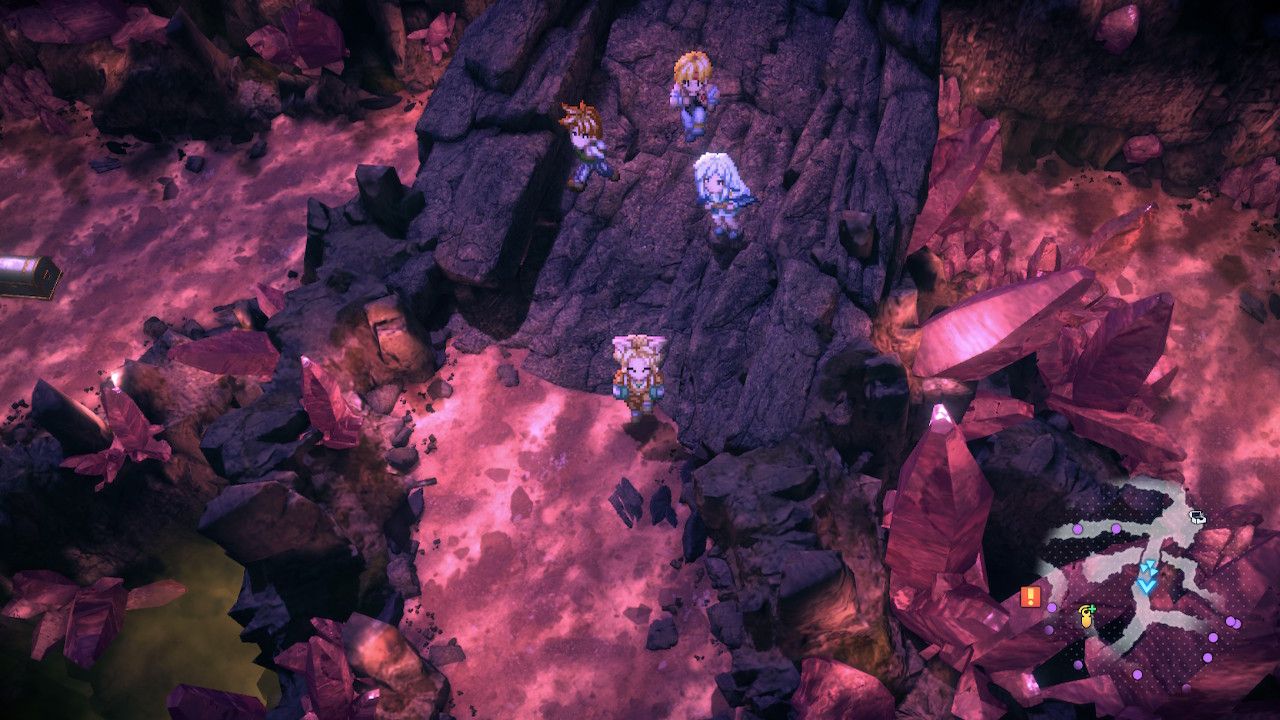
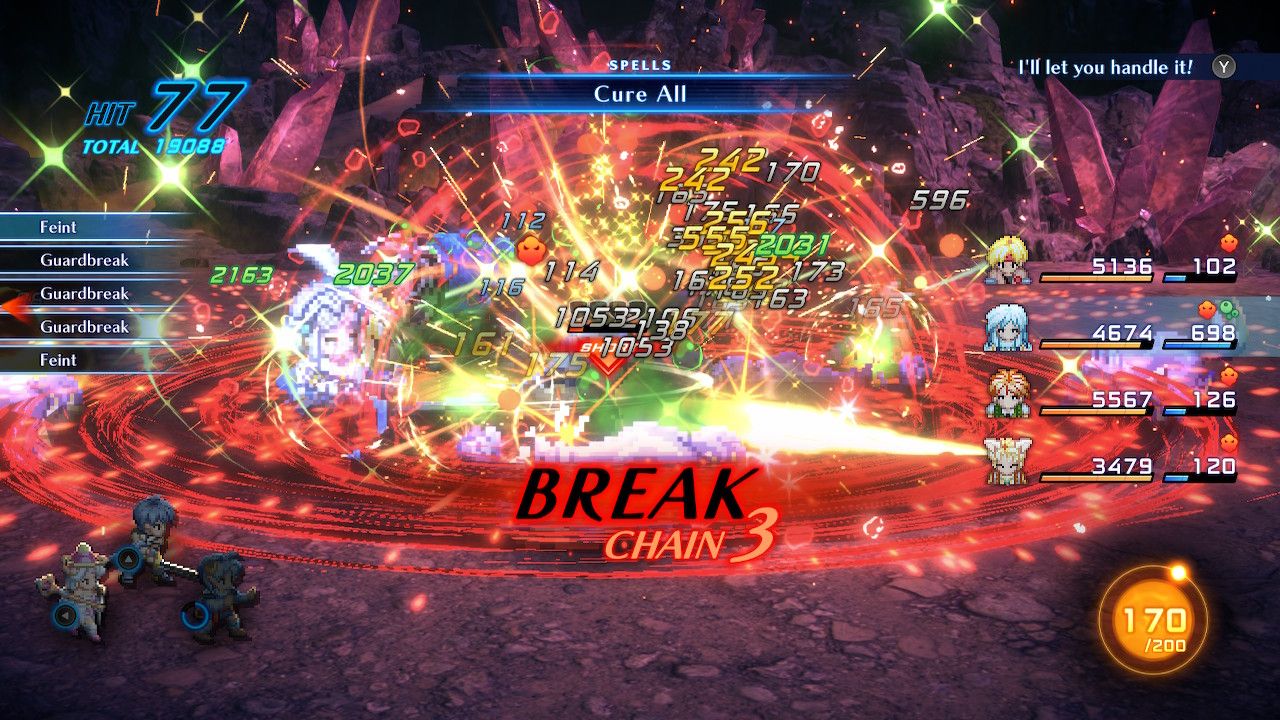
The Bad
As it’s based on a 1998 game, Star Ocean: The Second R does not feature as much diversity in its playable and non-playable characters as most new releases. This was a nagging downside that could have been avoided.
Also, until you’ve unlocked Specialties that help you bypass them, enemies will constantly spawn to hound you on the world map. You can’t stop on the map for 10 seconds without them materialising around you.
While the conversations with NPCs and just in general are well-developed, occasionally they can get a tad tedious, with characters saying stuff that probably could’ve been cut out of the dialogue (e.g., repeating what was just said). And another minor criticism, but there are quite a few named, voiced NPCs in the game who don’t have a character portrait, which I thought was a bit weird.
TL;DR
- Not enough diversity in characters
- Hounded by enemies in the wild
- Conversations can get tedious
- More character portraits for NPCs

Final Score: 9/10
Star Ocean: The Second Story R is a fantastic adventure to get absorbed in, with an engrossing plot set in a beautiful, intricately detailed world that offers you so much to do. There is so much packed into the game, and so much optional content, that you’ll likely need a walkthrough if you’re looking to thoroughly uncover everything. This remake manages to modernise and add to the original game while still ticking so many boxes for fans of classic 90s JRPGs.
Thank you for checking out our Star Ocean: The Second Story R Switch review, thank you to Square Enix (via Bandai Namco AU) for providing the review code and thank you to our Patreon Backers for their ongoing support:
- Andrew Caluzzi (Inca Studios / Camped Out)
- Bel Cubitt
- Jack Caven
- NintenVania Podcast
- RedHero
